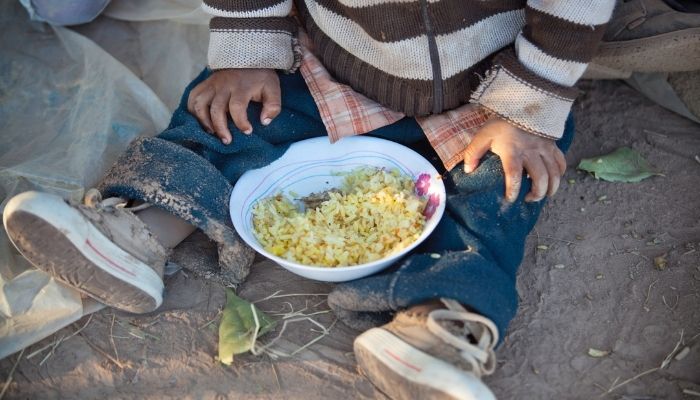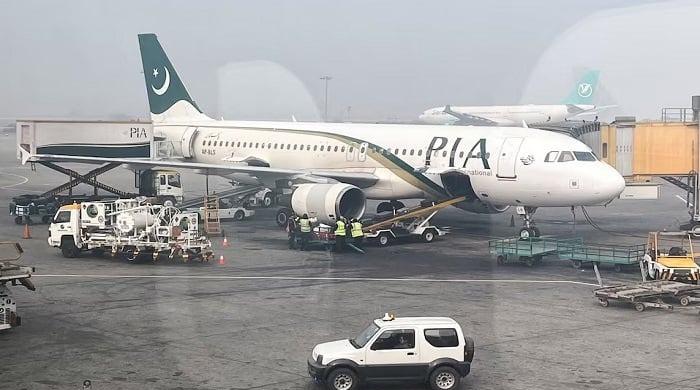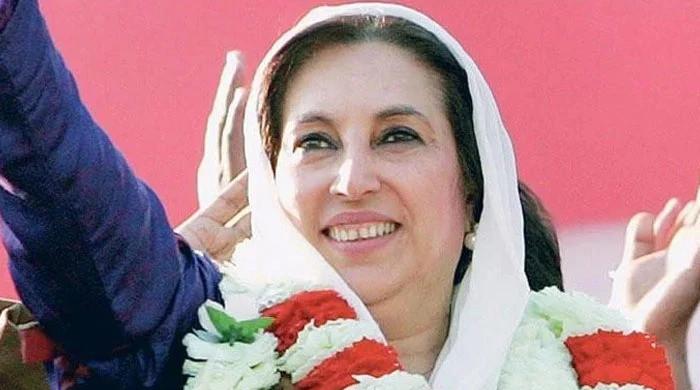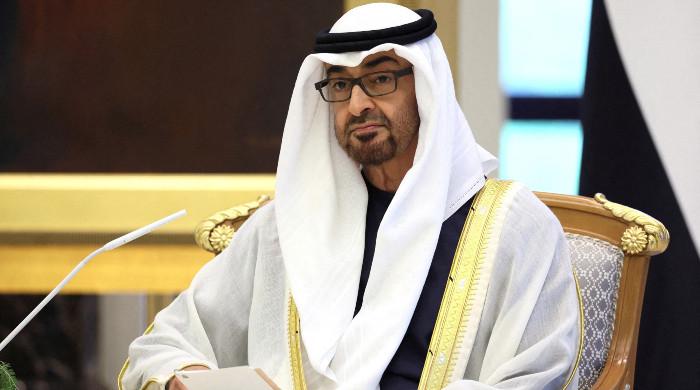Inclusive and human growth
What is needed is ‘human economy’ instead of economic growth
March 03, 2022

What is the relationship of economic growth with poverty reduction? Answers to this question may not fall under the ambit of any conclusive construct, but there are a number of visible trends. The most obvious answer is that developing countries need economic growth to reduce poverty, provided it is ‘inclusive’.
There is some relatively old and new literature that lays out the contours of this debate. Rashid Amjad has a 2003 paper on solving the poverty puzzle in the journal ‘Pakistan Development Review’ (PDR); Gustav Papanek and SM Naseem also have a 1996 paper in PDR, which discusses some of these issues, and Akmal Hussain has a chapter in the book ‘Rethinking Pakistan’, which offers a strong alternative point of view.
There is irrefutable empirical evidence available that economic growth is needed to reduce poverty, and it is applicable to certain periods in contemporary Pakistan as well as other developing countries. China, Southeast Asian countries, India, Vietnam, Bangladesh exhibited this strong correlation in the recent past. As has been written in these pages in the past, poverty has been substantially reduced in China since the 1980s, and it is due to economic growth in China. The headcount ratio of poverty has been reduced by 94% in rural China from 1980 to 2015, and it has been made possible due to the phenomenal economic growth in China.
Papanek and Naseem believe that with economic growth in developing countries, labour wages go up, leading to some reduction in poverty. They state, “a correlation analysis for six countries over 30 years comparing periods of rapid and slow growth shows that for every one percent increase in the rate of per capita growth real wages of unskilled labour increase by about 1.5 percent.”
On the other hand, Akmal Hussain has written about market-driven growth often leading to inequality – as happened in Pakistan in the 1960s when the tiny industrial elite was given protection, subsidies and incentives. This “functional inequality” in the words of Mehboob-ul-Haq did not engender inclusive growth in the country. Therefore, there are both interpersonal and interregional inequalities.
This is due to the institutional structure in the country that drives unsustainable growth and inequalities. Rents (unearned income) limit competition, merit, productivity incentives, innovation and redistribute resources to a small coterie of the elite that makes the country dependent on foreign aid and stop-go cycles of growth.
According to Akmal Hussain, what is needed is ‘human economy’ instead of economic growth. There is a need to invest in the poor and middle class and promote human development, small- and medium-sized enterprises, sustainable agricultural practices and reducing regional inequality.
Rashid Amjad’s paper lays out the basis for better macroeconomic management as well as generation of employment-oriented economic development with backward and forward linkages so that poverty can be addressed. Amjad emphasised four Ws: provision of water, addressing women’s deprivation, focusing on the development of the World Wide Web (the IT revolution), and workers’ rights as a way to promote inclusive growth.
Hafiz Pasha’s recent work for the UNDP shows that the income of the bottom 40 percent of the population was more than the national income during the 2011-2019 period of democratic governments. This is in contrast to the authoritarian rule period poverty trends from 2001-2008 and during the PPP government’s first two years from 2008-2010, when the income of the bottom 40 percent was less than the overall national income. Hence, inequality decreased under the rule of democratic governments.
What is clear from the above analysis is that economic growth is intrinsic to poverty reduction; however, it has to be inclusive growth. When there is agency in people’s voice in terms of engendering true democracy in the country, it leads to policies that induce poverty reduction even within the aid-dependent framework of the boom and bust cycles of economic growth. What is needed is moving out of the IMF and foreign aid dependency, incentivising productivity and dynamism in the economy, and focusing on human and skills development that can reduce poverty through redistribution as well as an increase in wages.
Post-script: Since Imran Khan recently addressed the nation, it might be appropriate to offer a comment on it. The prime minister spoke about Pakistan pursuing an ‘independent’ foreign policy. It sounds like a bad joke. Pakistan has been in the Western camp since the 1950s when it entered into the SEATO and CENTO pacts.
Pakistan’s relationship with the West is decades old and still holds sway since both the West and Pakistan continue to need each other for strategic purposes. Since the PTI government has come into power, progress on CPEC has considerably slowed down. PM Imran Khan accused the previous democratic governments of not pursuing an independent foreign policy. CPEC, despite the West’s opposition, was the previous PML-N’s government’s flagship project, and it helped ameliorate the energy crisis in the country. The PML-N certainly pursued an independent foreign policy to that extent.
The prime minister recently visited Russia. However, one foreign visit cannot undo the decades-old Pakistan’s strategic relationship with the West. Who is Imran Khan trying to fool?
The writer is an Islamabad-based social scientist. She can be reached at: [email protected]
Originally published in The News









